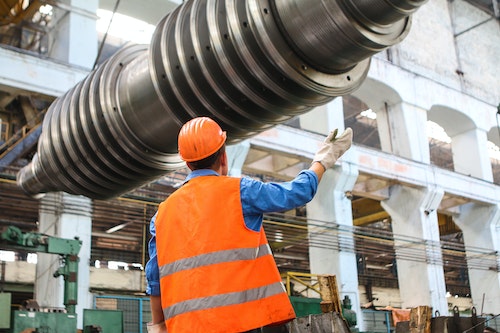
What Is The Meaning Of Predictive Maintenance?
Predictive maintenance (PdM) is a proactive approach to machine maintenance that involves using data to determine the optimal time for servicing, repairs or replacements of equipment or components. The goal of predictive maintenance is to reduce the time and cost of machine maintenance, improve machine reliability, and extend machine life with minimal disruption to production.
How Does Predictive Maintenance Work?
Predictive maintenance systems leverage data from sensors, machine vision and other diagnostic technologies to determine the condition of a machine or component. This enables maintenance personnel to identify upcoming problems and schedule maintenance activities accordingly, eliminating unnecessary downtime and cost associated with reactive maintenance.
The predictive maintenance process generally begins with collecting data from the machine, such as vibration readings, temperature, optical measurements and bearing wear. This data is then analyzed to detect any potential problems, such as misalignments, incorrect lubrication or bearings that are worn out. As the machine continues to produce data, the condition of the mechanical components and machine health as a whole can be observed throughout the entire production process.
Benefits Of Predictive Maintenance
The primary benefit of predictive maintenance is that it provides maintenance personnel with an early indication of any potential issues with a machine or component, allowing them to plan for preventive maintenance activities that can reduce downtime and costs associated with machine repairs and replacements.
Predictive maintenance also allows for better decision making when scheduling maintenance activities and makes it easier to prioritize which machines need servicing or repair first. Additionally, it enables businesses to track machine performance over time and anticipate future maintenance needs.
Other key benefits of predictive maintenance include increased safety, improved machine productivity, reduce maintenance costs and improved customer service. Additionally, predictive maintenance can help businesses in the long run by improving product quality, reducing unscheduled downtime, and maximizing return on investment.
Conclusion
Predictive maintenance is an effective maintenance strategy that provides businesses with timely and accurate information about their machines, enabling them to plan for preventive maintenance activities, prioritize servicing, and maximize efficiency and reliability. Predictive maintenance also helps organizations reduce maintenance costs, increase safety, improve product quality, and ensure customer satisfaction. The key to successful predictive maintenance is to ensure that the right data is collected and analyzed to anticipate potential machine problems before they occur. By leveraging predictive maintenance, businesses can protect their investments, reduce downtime, and support their operations for years to come.



